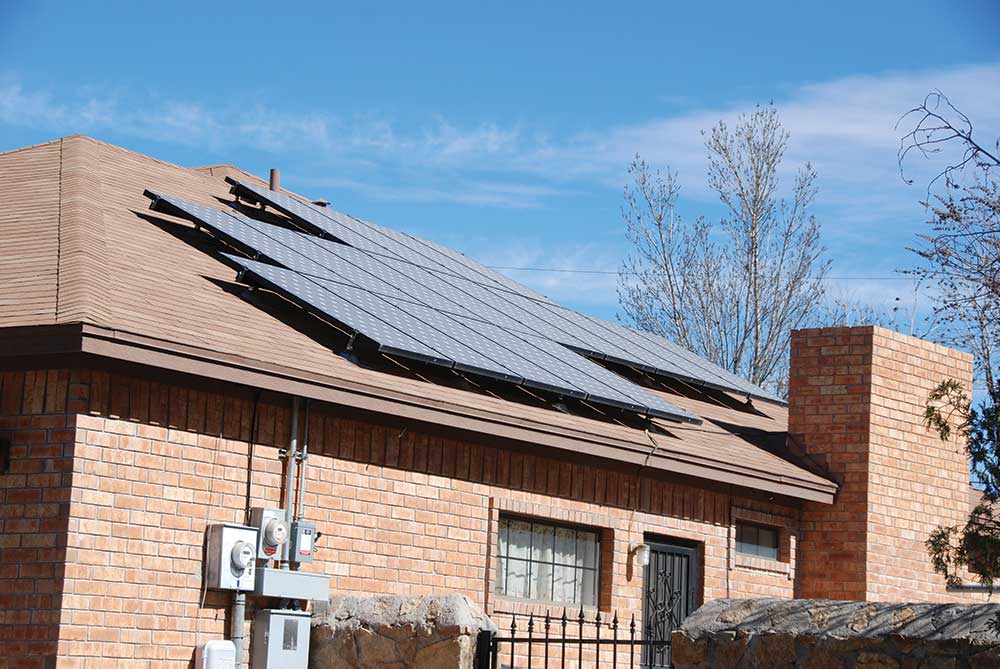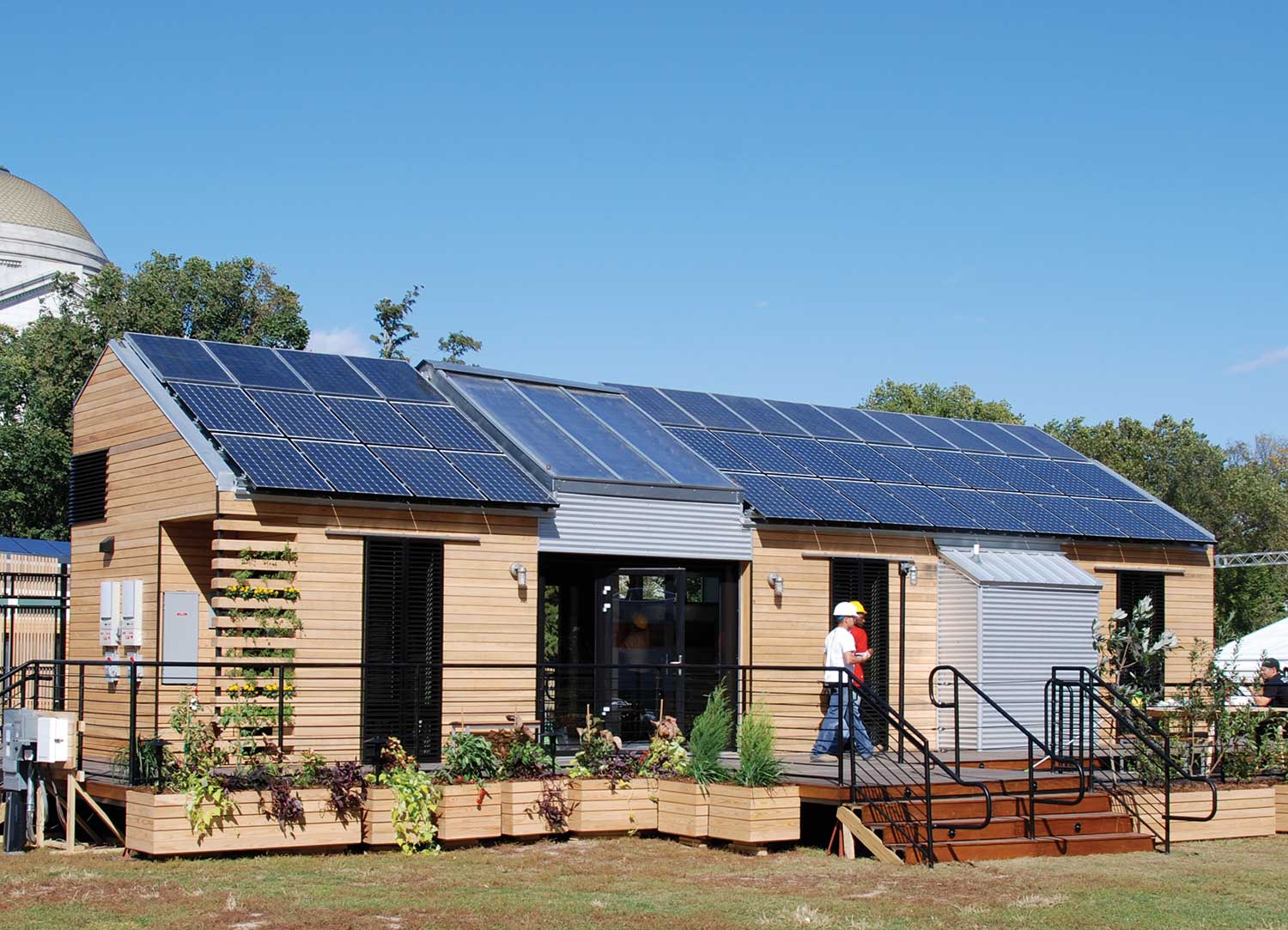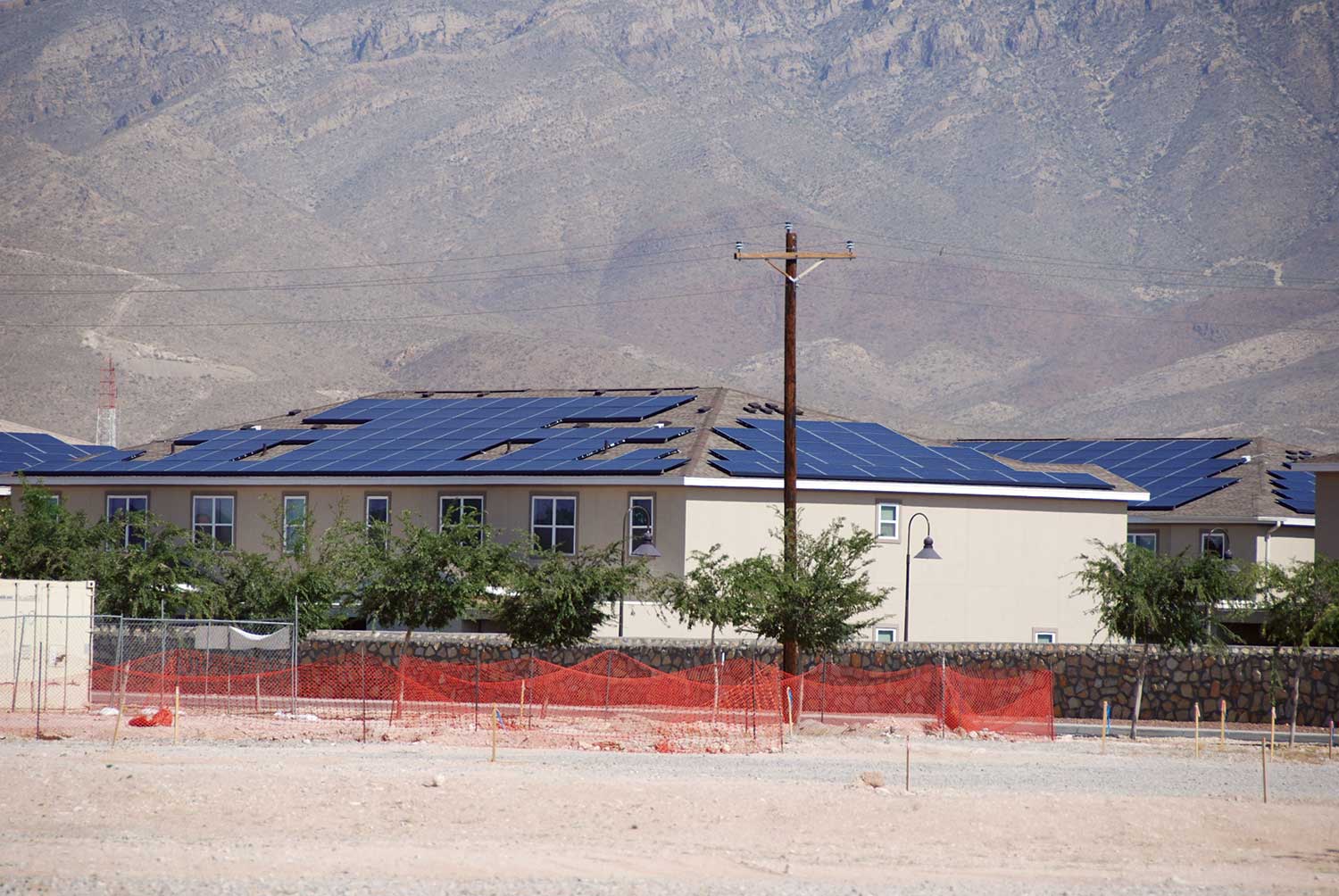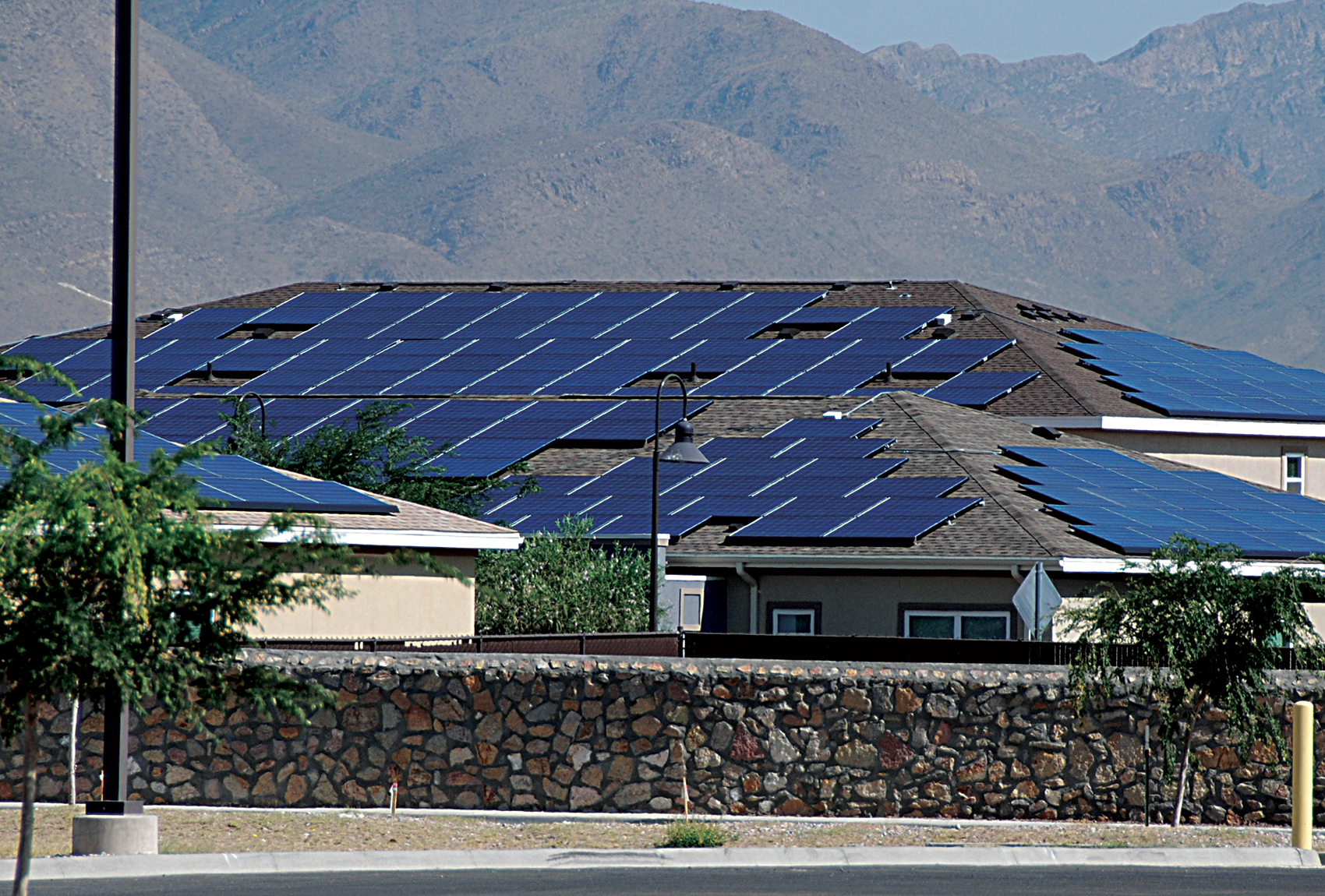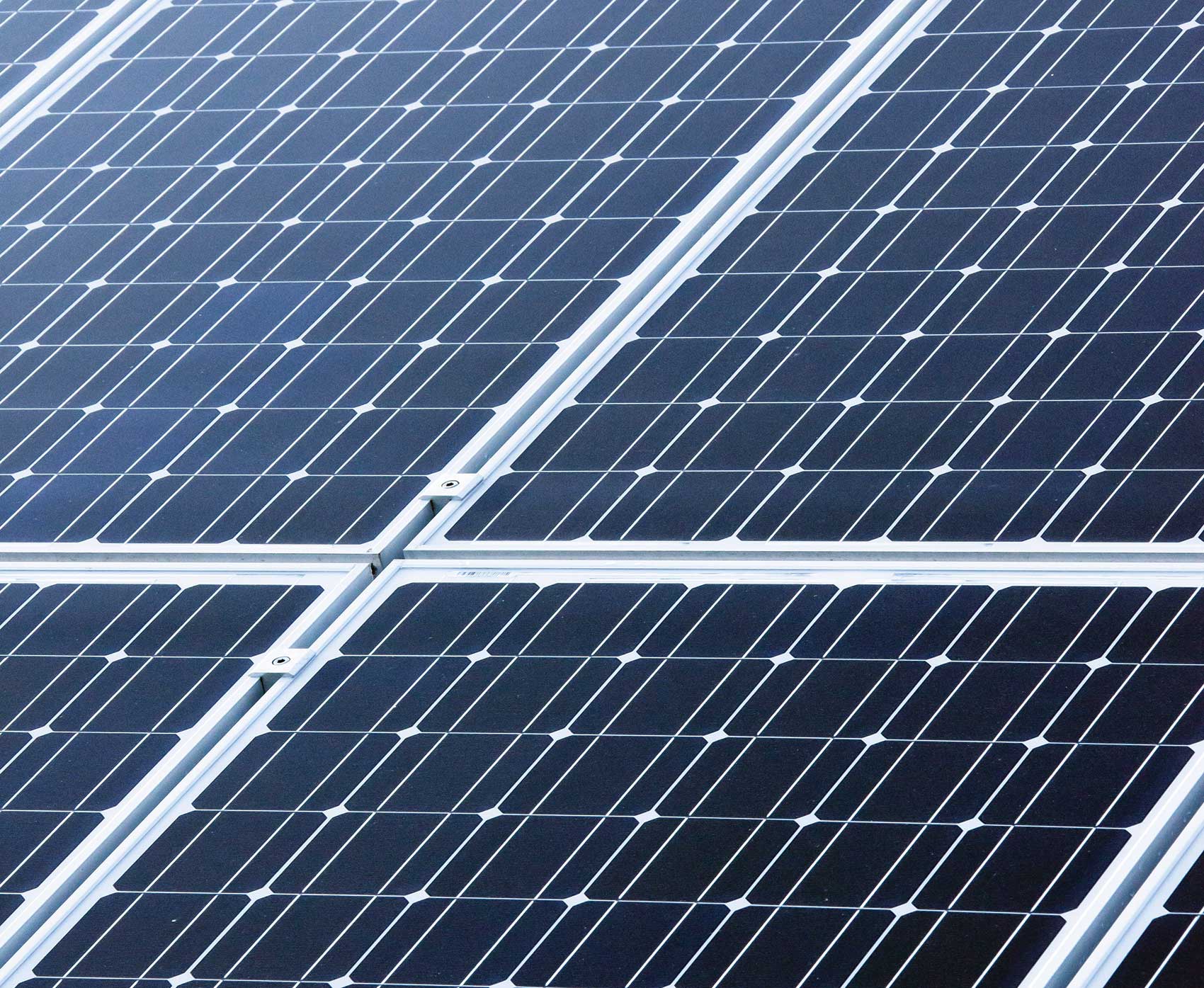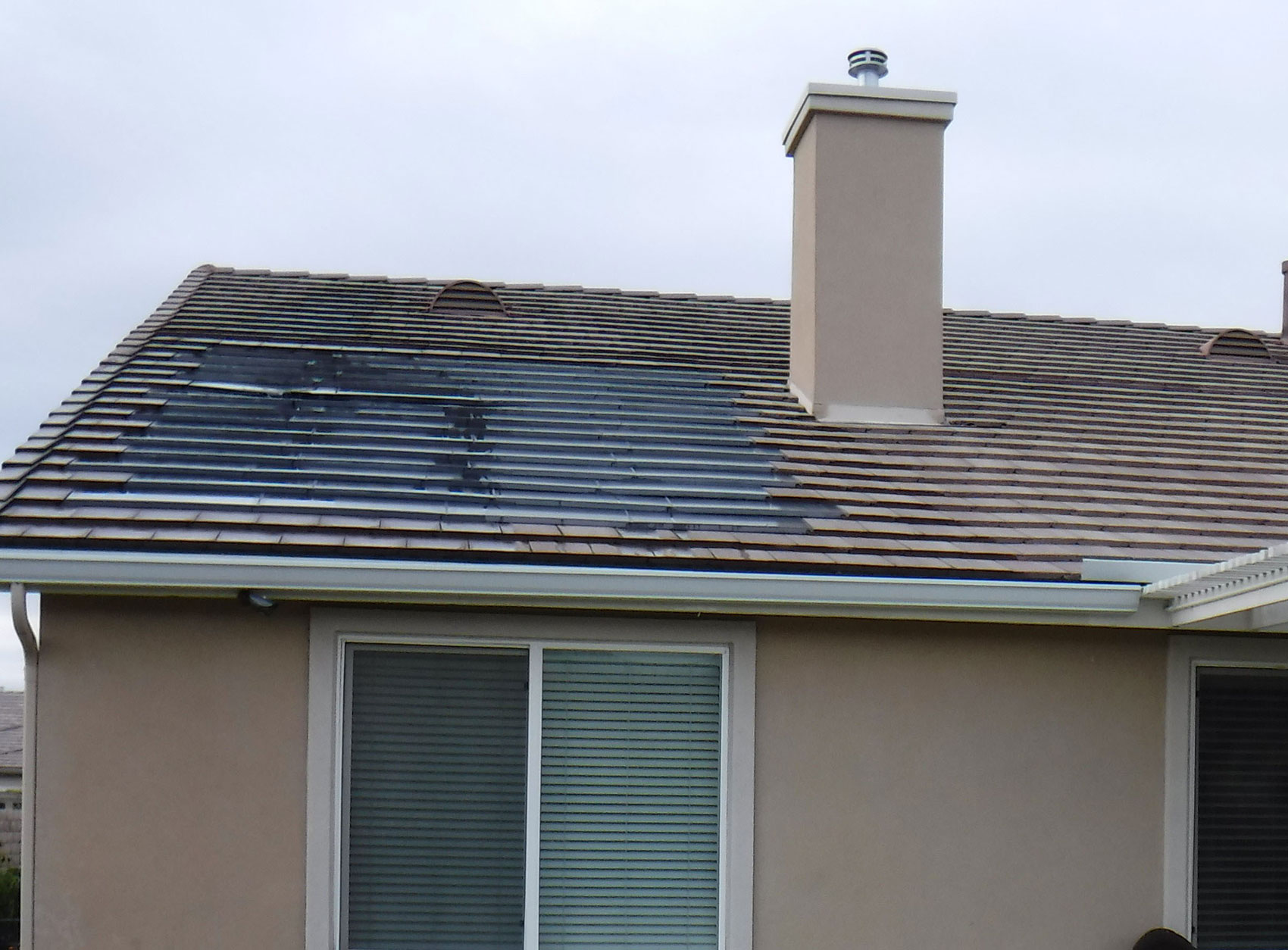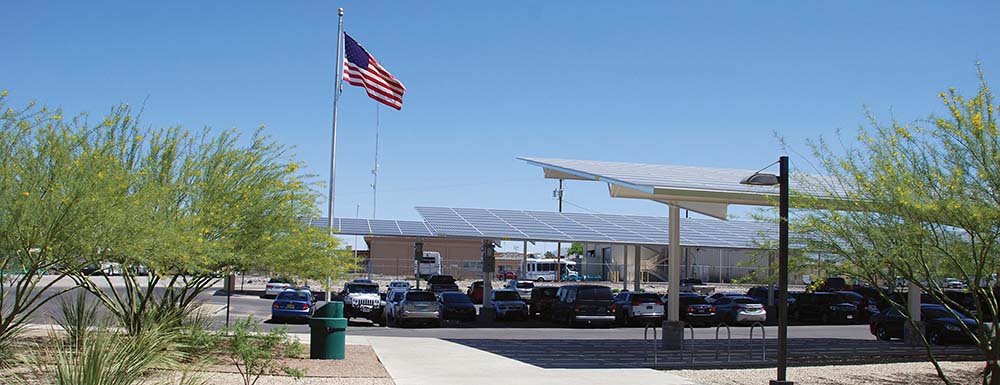PV disconnects provide a means to separate various portions of a circuit or equipment from other portions of the circuit or equipment in the same system.
Several different wiring methods may be used to route the power from the PV array to the utilization equipment.
Numerous Code requirements apply to the PV array and other equipment located in the vicinity of the array. These include conductors, DC combiners, arc-fault protection equipment, and rapid shut down equipment. This article addresses some of these requirements as they are found in the 2020 National Electrical Code (NEC).
A PV system is relatively simple in concept, but after the NEC requirements are added for safety, the execution of the system requires considerable attention to detail. There are also significant numbers of electrical inspectors that are new to the field of inspecting PV systems.
Although changes to the 2020 National Electrical Code for PV systems have been covered in previous issues, this article compares the 2017 requirements with the 2020 requirements and determines how clarifications have been made.
Nearly every week, I get calls and e-mails from inspectors, plan reviewers, photovoltaic (PV) professionals, engineers, and electricians asking about areas of PV system installation that are not clearly addressed in the National Electrical Code (NEC).
New and exciting improvements in the photovoltaic (PV) modules and PV systems are occurring each day.
Following a rooftop fire in a PV system, an AHJ was requested by the building department to inspect the damaged area and assist in the investigation of the cause of the fire.
Continuing education is critical. It will be mandatory to use all available communication devices and advanced tools at our disposal to effectively plan, review, and inspect the current and next generation of PV systems.






